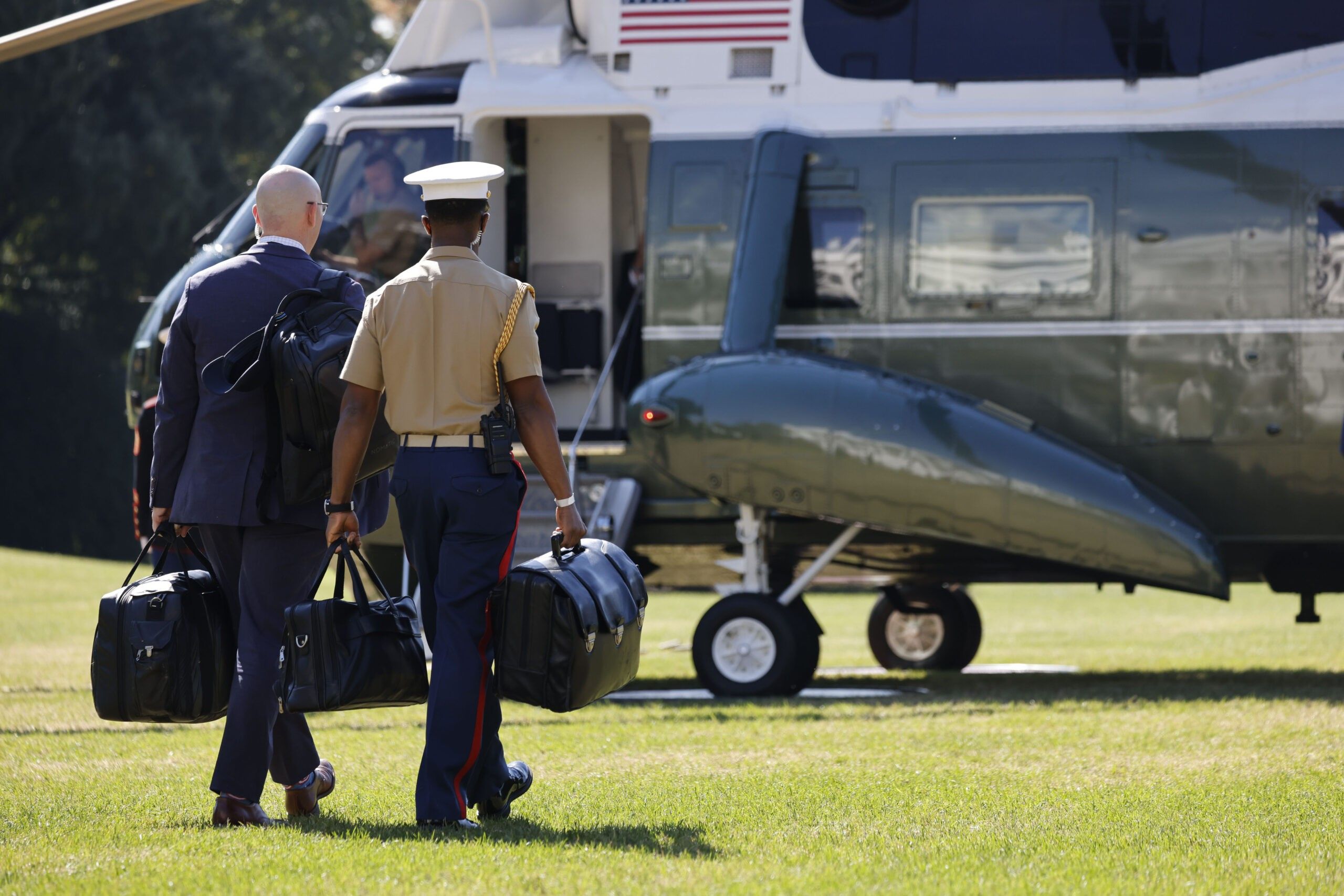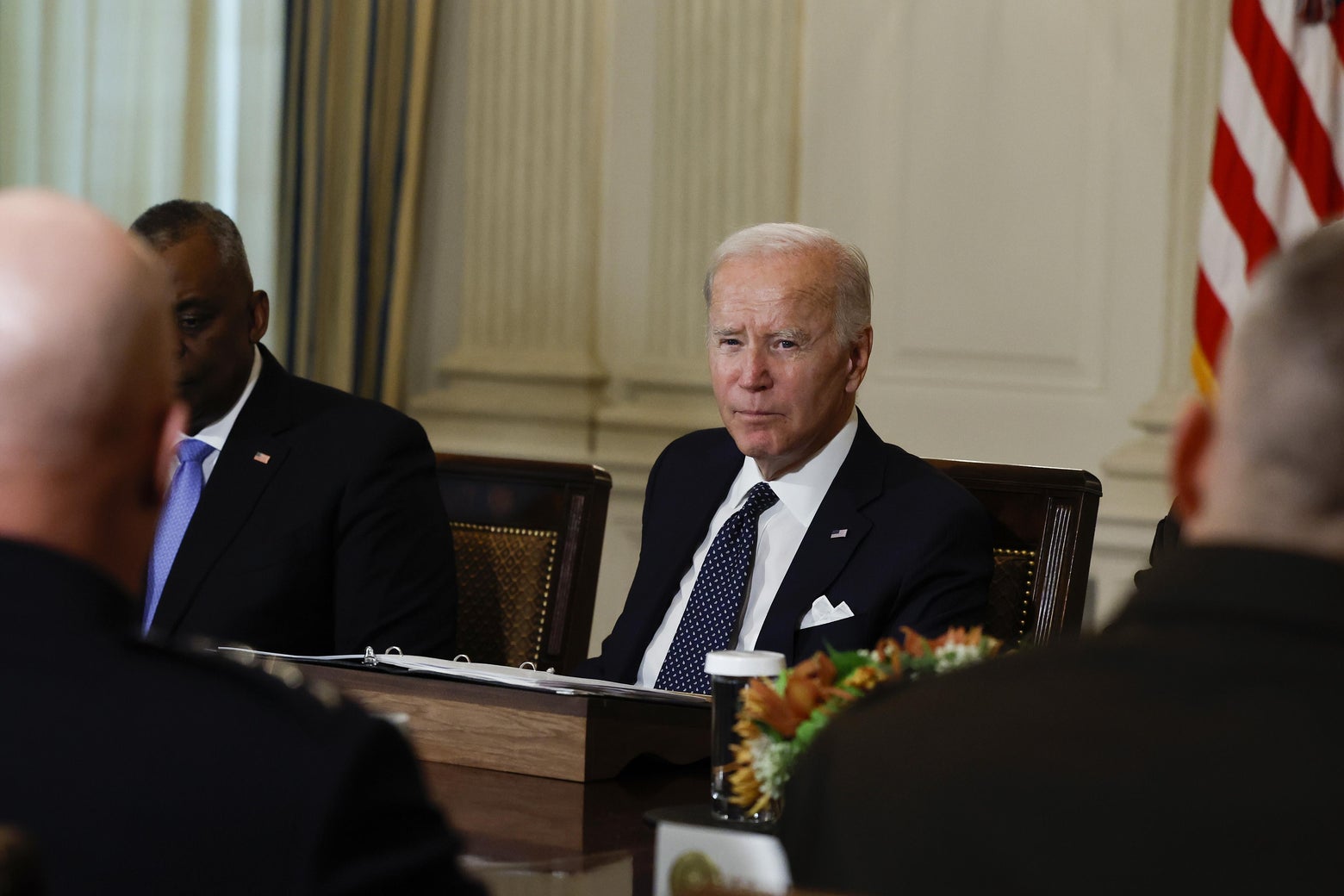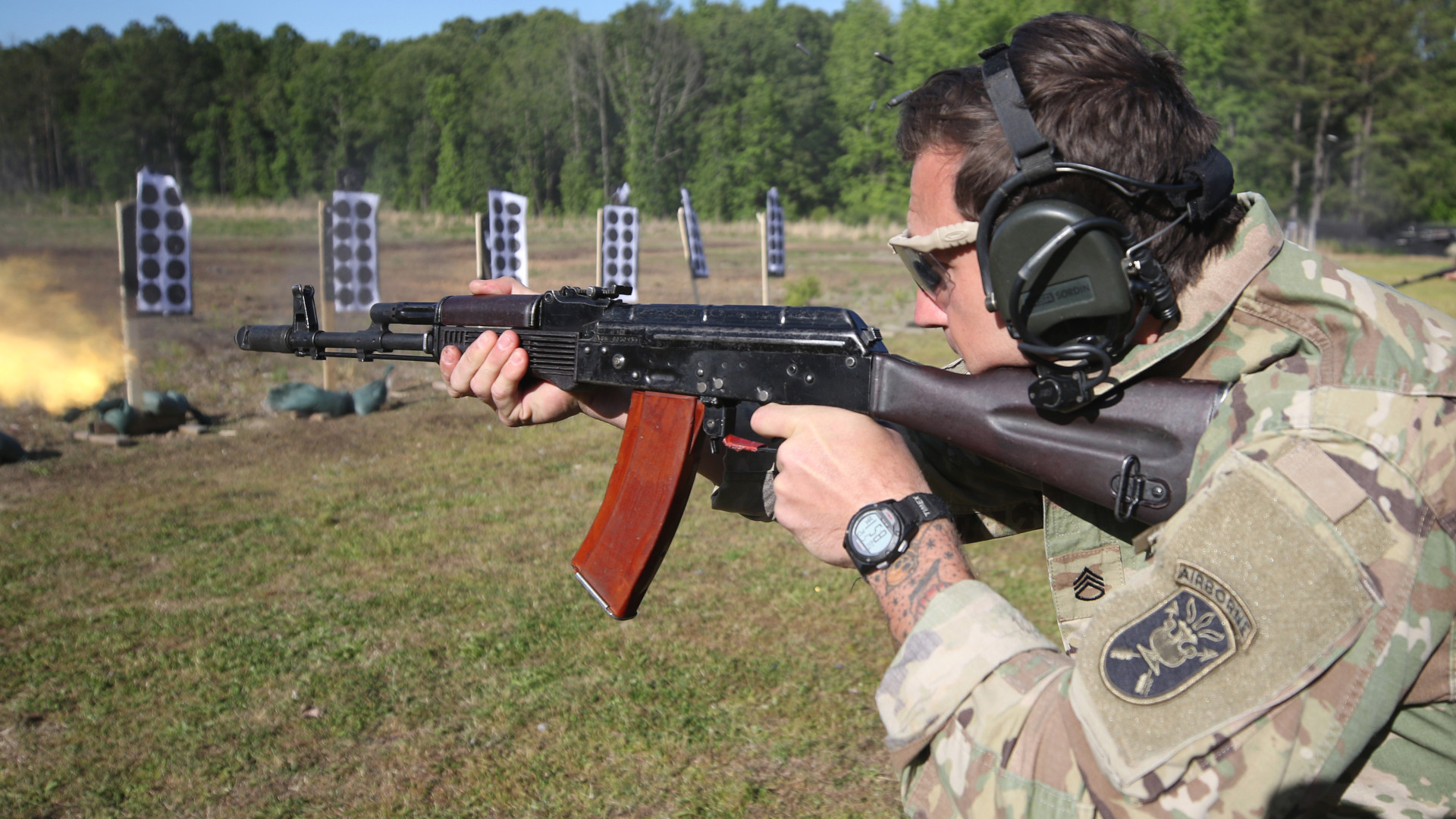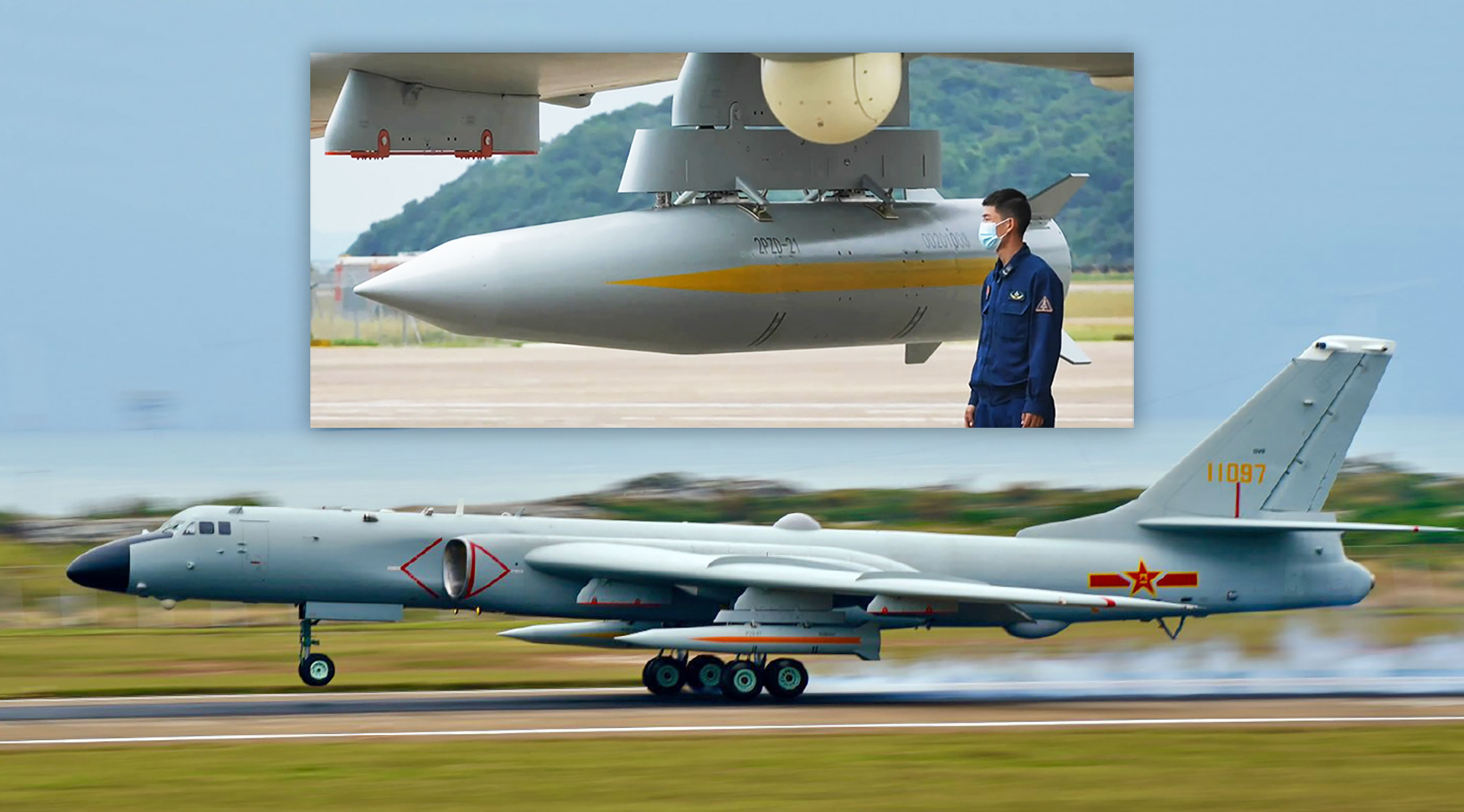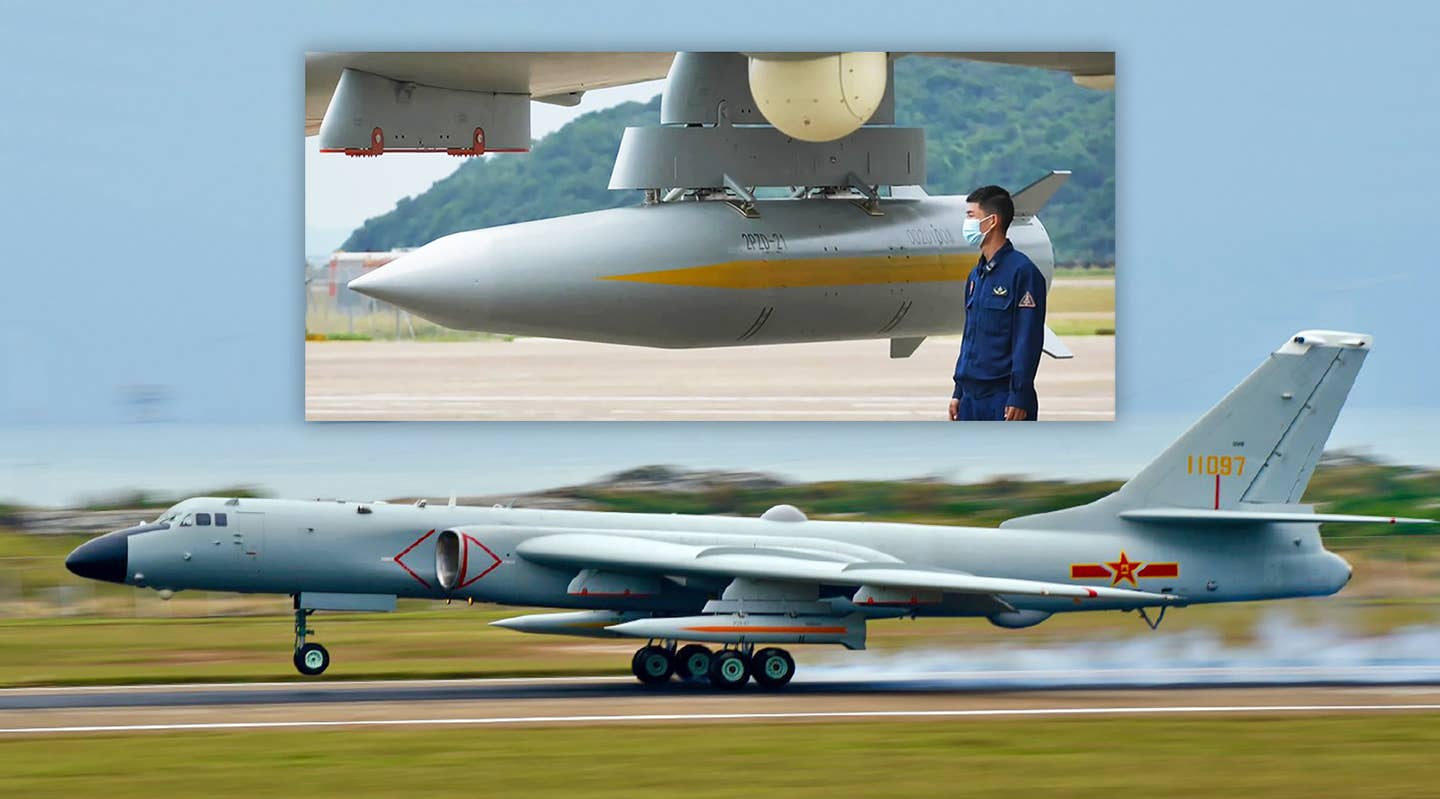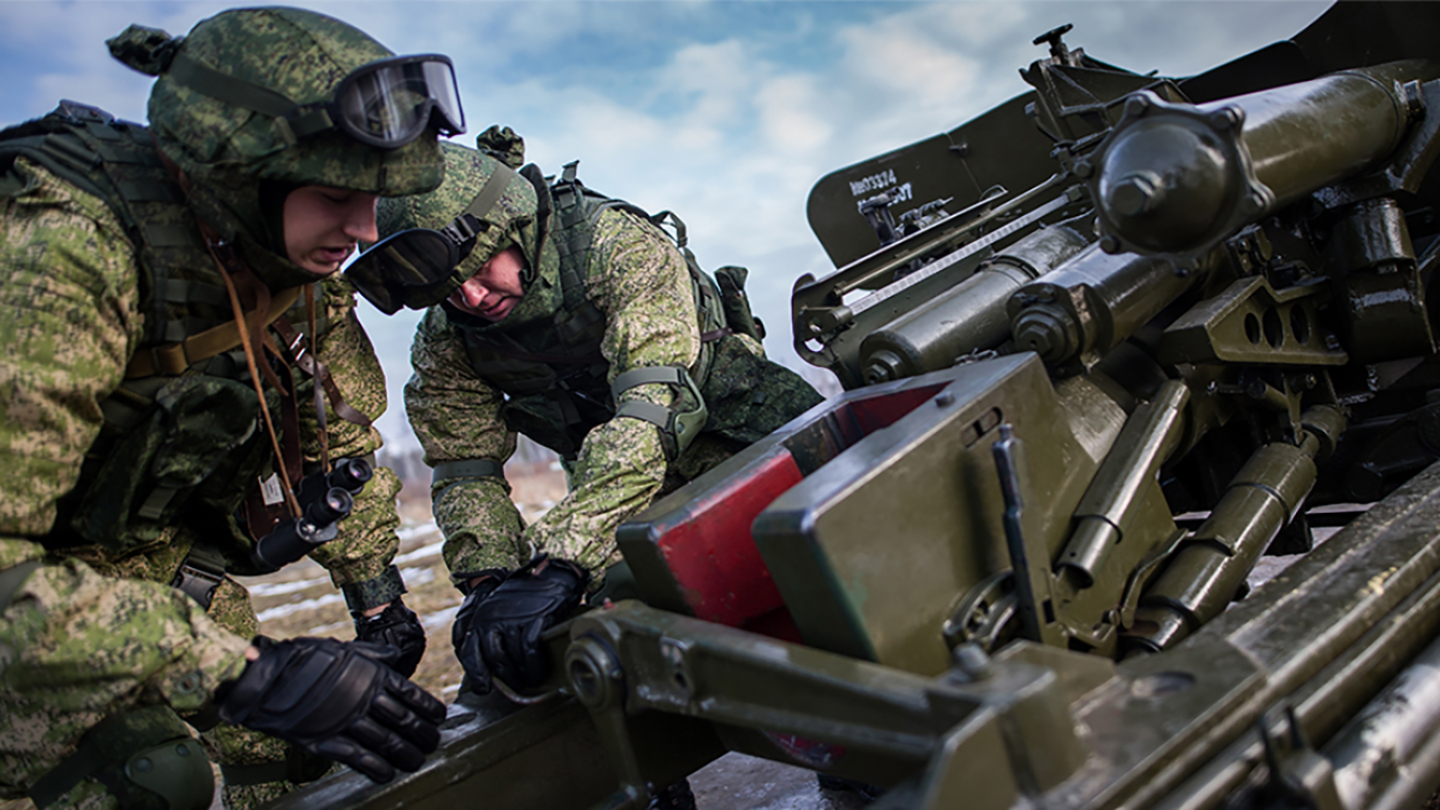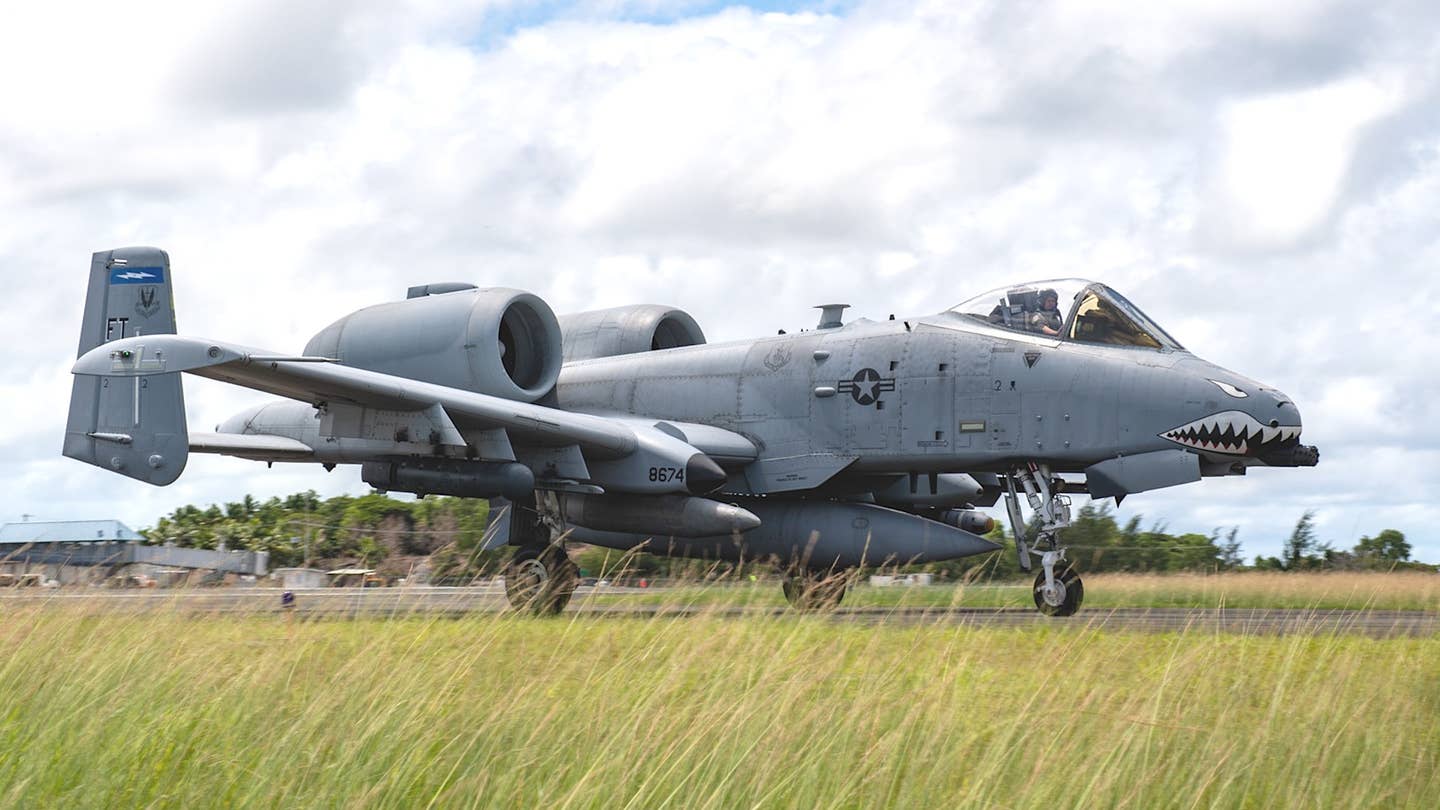Hi folks. I know I've been rather sparce of late. My "work/life balance" has been rather off the last couple of weeks so I've been posting a lot off of my phone and lurking a lot more than I like. Anyhow I figured I should at least get a new WoW thread up while I had a chance to. Thanks go out to Jward and others who kept the thread going in my absence. HC
(269) 09-10-2022-to-09-16-2022__****THE****WINDS****of****WAR****
---------------------------------------------------------------------------------------------------------------------------------
 www.timebomb2000.com
www.timebomb2000.com
 www.timebomb2000.com
www.timebomb2000.com
 www.timebomb2000.com
www.timebomb2000.com
 www.timebomb2000.com
www.timebomb2000.com
 www.timebomb2000.com
www.timebomb2000.com
 www.timebomb2000.com
www.timebomb2000.com
 www.timebomb2000.com
www.timebomb2000.com
 www.timebomb2000.com
www.timebomb2000.com
 www.timebomb2000.com
www.timebomb2000.com
 www.timebomb2000.com
www.timebomb2000.com
---------------------------------------------------------------------------------------------------------------------------------------------
Hummm.......
Posted for fair use.....
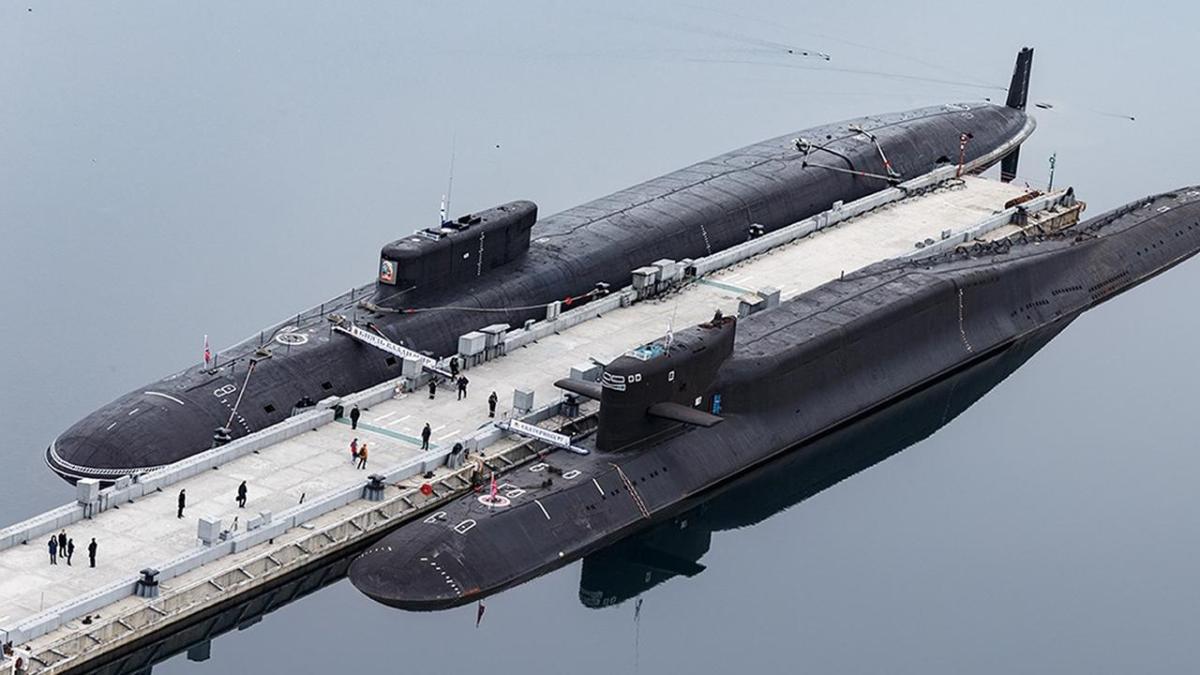
 au.news.yahoo.com
au.news.yahoo.com
Fri, 28 October 2022 at 5:16 pm·1-min read
Australia has abstained from a vote on a nuclear weapons ban treaty at the United Nations.
It ends years of Canberra siding with the United States by actions on the treaty to ban the deadly weapons and comes as Australia looks to nuclear submarines to boost its navy.
Signatories to the treaty agree not to develop, test, produce, acquire, possess, stockpile, use or threaten to use nuclear weapons.
But the world's major nuclear superpowers, like the US, the UK, Russia, China or India are not signatories to the ban.
Australia's abstention came on Saturday morning, Canberra time, and puts it on the fence of the contentious issue.
It follows Foreign Minister Penny Wong criticising Russia for blocking progress at a major nuclear non-proliferation conference in August.
Russia barred a consensus outcome on the final document at the tenth Review Conference of the Treaty on the Non-Proliferation of Nuclear Weapons following a four-week review of the cornerstone disarmament treaty.
At the time Senator Wong said Russia was "deliberately obstructing progress" on meaningful action on nuclear disarmament, non-proliferation and the use of atomic energy".
Australia also recently faced criticism from nuclear powers for joining a Pacific push to help deal with the consequences of nuclear testing.
New Zealand, a signatory to the nuclear weapons ban, has previously pushed for Australia to join.
(268) 09-03-2022-to-09-09-2022__****THE****WINDS****of****WAR****
(269) 09-10-2022-to-09-16-2022__****THE****WINDS****of****WAR****
(270) 09-17-2022-to-09-23-2022__****THE****WINDS****of****WAR****
---------------------------------------------------------------------------------------------------------------------------------
WAR - 09-17-2022-to-09-23-2022__****THE****WINDS****of****WAR****
This mighta got one o' my own rare Merdes - or I shouldn't have had that last cup o' coffee :: shrug :: ..it's not just that they're seeking the training, of course they are, but the way the geopolitical shifting sands and choosing teams is increasingly belligerent and in the open. China's...
BRKG - Russian Drone Swarm Attacks Large Section of Ukr. Power.
This headline is from a Rumble video, but you can get there through this utube video. 1.44 View: https://www.youtube.com/watch?v=VmCxTEb-kls This fellow does weather but also world news. The rumble video goes into more detail about what the drones are taking out. Nothing any where else...
ALERT - RUSSIA INVADES UKRAINE - Consolidated Thread
Oh *F* !!!!!! Not the kings of the east !!! It's too crazy !!! And if you don't know what I'm talking about it's in the B. :shkr: Too bad our politicians in power are pushing trannies.
ALERT - The Winds of War Blow in Korea and The Far East
Hans Kristensen @nukestrat 5h I share China’s opposition to South Korea getting nukes (it would be a disaster for NPT, the region, and provide no added security for South Korea), but it’s rich coming from a country that’s holdings it’s hand over North Korea’s nukes and building up its own.
GOV/MIL - N. Korea likely to conduct nuclear test, but U.S. prepared for all contingencies
(LEAD) N. Korea likely to conduct nuclear test, but U.S. prepared for all contingencies: State Dept. | Yonhap News Agency 변덕근 (ATTN: UPDATES with remarks from NSC spokesperson John Kirby in last 6 paras) By Byun Duk-kun WASHINGTON, Oct. 24 (Yonhap) -- North Korea is believed to be...
CRISIS - The Horsemen Ride - Monday, 10/24/2022 Through Friday, 10/28/2022
10/24/2022 "Everyone must go with us, must accept our spirit, or he won't get air to breathe, anymore. We shall deny him every possibility of making a living. He will waste away. If somebody says he wants to be left in peace: No. my friend, I shan't leave you in peace. I would't think of...
INTL - Europe: Politics, Economics, Military- October 2922
Still having vision and tablet problems. Please post articles about Europe on this thread :)
WAR - CHINA THREATENS TO INVADE TAIWAN
Is clock really ticking down toward a Taiwan war? Jeff Pao 5-7 minutes PLA soldiers in a training formation. Concerns are rising China is preparing for an invasion try on Taiwan. Photo: China's Eastern Theater Command The Chinese Communist Party (CCP) called for boosting the People’s Liberation...
BRKG - China's Semiconductor Industry 'Decapitated Overnight: Biden told US engineers working there quit or lose US citizenship. Everyone reportedly quit.
All US citizenship bears is obligations anyway.
WAR - Jammu/Kashmir main thread
this is all we need MERDE Indeed..... "Normally" a "test" would be over and end either in the ocean or your own controlled territory, ideally both. WTF happened here was either just plain stupid or extraordinarily stupid and thus politically driven.
---------------------------------------------------------------------------------------------------------------------------------------------
Hummm.......
Posted for fair use.....

Australia drops nuclear weapon opposition
Australia has abstained from a vote on a nuclear weapons ban treaty at the United Nations.It ends years of Canberra siding with the United States by actions on the treaty to ban the deadly weapons and comes as Australia looks to nuclear submarines to boost its navy.
Australia drops nuclear weapon opposition
Fri, 28 October 2022 at 5:16 pm·1-min read
Australia has abstained from a vote on a nuclear weapons ban treaty at the United Nations.
It ends years of Canberra siding with the United States by actions on the treaty to ban the deadly weapons and comes as Australia looks to nuclear submarines to boost its navy.
Signatories to the treaty agree not to develop, test, produce, acquire, possess, stockpile, use or threaten to use nuclear weapons.
But the world's major nuclear superpowers, like the US, the UK, Russia, China or India are not signatories to the ban.
Australia's abstention came on Saturday morning, Canberra time, and puts it on the fence of the contentious issue.
It follows Foreign Minister Penny Wong criticising Russia for blocking progress at a major nuclear non-proliferation conference in August.
Russia barred a consensus outcome on the final document at the tenth Review Conference of the Treaty on the Non-Proliferation of Nuclear Weapons following a four-week review of the cornerstone disarmament treaty.
At the time Senator Wong said Russia was "deliberately obstructing progress" on meaningful action on nuclear disarmament, non-proliferation and the use of atomic energy".
Australia also recently faced criticism from nuclear powers for joining a Pacific push to help deal with the consequences of nuclear testing.
New Zealand, a signatory to the nuclear weapons ban, has previously pushed for Australia to join.
Last edited:



